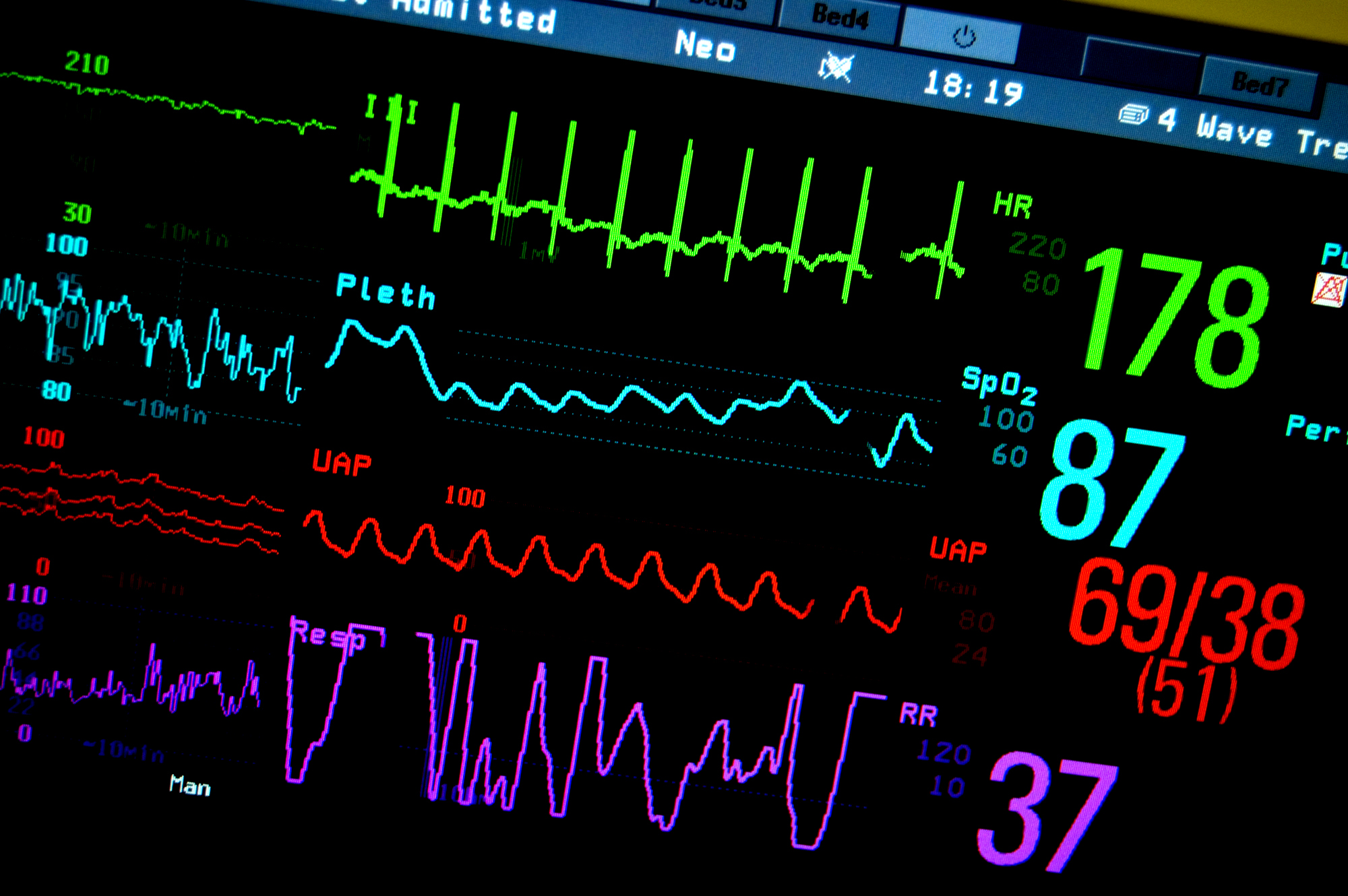
THURSDAY, July 30, 2015 (HealthDay News) — A new method for delivering stem cells to damaged heart muscle has shown early promise in treating severe heart failure, researchers report.
In a preliminary study, they found the tactic was safe and feasible for the 48 heart failure patients they treated. And after a year, the patients showed a modest improvement in the heart’s pumping ability, on average.
It’s not clear yet whether those improvements could be meaningful, said lead researcher Dr. Amit Patel, director of cardiovascular regenerative medicine at the University of Utah.
He said larger clinical trials are underway to see whether the approach could be an option for advanced heart failure.
Other experts stressed the bigger picture: Researchers have long studied stem cells as a potential therapy for heart failure — with limited success so far.
“There’s been a lot of promise, but not much of a clinical benefit yet,” said Dr. Lee Goldberg, who specializes in treating heart failure at the University of Pennsylvania.
Researchers are still sorting through complicated questions, including how to best get stem cells to damaged heart muscle, said Goldberg, who was not involved in the new study.
What’s “novel” in this research, he said, is the technique Patel’s team used to deliver stem cells to the heart. They took stem cells from patients’ bone marrow and infused them into the heart through a large vein called the coronary sinus.
Patel agreed that the technique is the advance.
“Most other techniques have infused stem cells through the arteries,” Patel explained. One obstacle, he said, is that people with heart failure generally have hardened, narrowed coronary arteries, and the infused stem cells “don’t always go to where they should.”
Researchers have also tried to directly inject stem cells into the heart during surgery or through a catheter. But only a limited number of cells can be safely injected that way, Patel said.
The new approach, he said, allows a bigger stem cell “dose.”
According to the U.S. Centers for Disease Control and Prevention, more than 5 million Americans have heart failure — a chronic, progressive condition where the heart cannot pump blood efficiently enough to meet the body’s needs. Often, it arises after a heart attack damages the heart muscle.
Stem cells are primitive cells that can develop into different types of body tissue. Adults have stem cells in their bone marrow that give rise to blood cells. They also have small pools of stem cells within organs, including the heart.
Many researchers believe that if they can harness stem cells’ natural capacity for repair, it could open a new option for advanced heart failure.
The current study, published July 27 in the journal Stem Cells Translational Medicine, is one of the latest efforts.
Patel’s team recruited 60 patients with severe heart failure. They randomly assigned 48 to receive stem cell therapy along with their usual care, and 12 to stay with standard care only — which typically involves medications that lower blood pressure, reduce strain on the heart and rid the body of excess fluid.
The stem cell therapy appeared safe, with no adverse effects linked to the treatment itself, the researchers say. And after one year, the patients showed a modest improvement in the heart’s “ejection fraction” — the amount of blood pumped out to the body with each contraction.
Goldberg said there are “theoretical advantages” to infusing stem cells via the coronary sinus. “It’s simpler and probably safer,” he said, than injections or infusions through heart arteries.
The big question, though, is does it work?
Scientists aren’t even sure what stem cells do at the site of heart damage. Patel said it’s unlikely that stem cells from the bone marrow magically become heart-muscle cells. Instead, they probably release hormones and other compounds that spur the growth of new blood vessels and help “remodel” the heart muscle.
Dr. Christopher O’Connor, editor-in-chief of the Journal of the American College of Cardiology: Heart Failure, agreed that the new technique might get more stem cells to the heart muscle.
The ultimate question, though, is whether any approach to stem cell therapy can change the course of heart failure, O’Connor said.
“We don’t know if this will translate into clinically meaningful outcomes — patients feeling better and living longer,” O’Connor said. Still, he added, “the field is moving forward.”
More information
California’s Stem Cell Agency has a primer on stem cell basics.
Copyright © 2025 HealthDay. All rights reserved.

